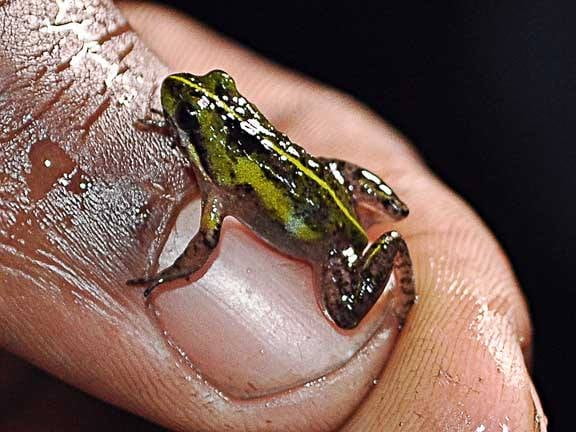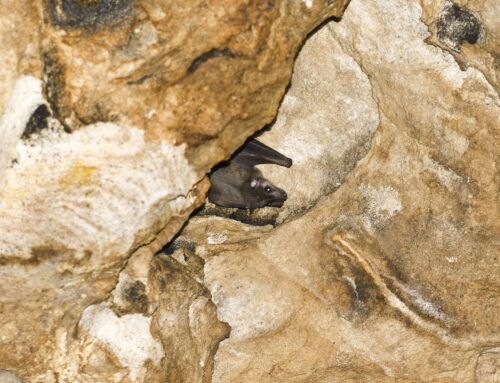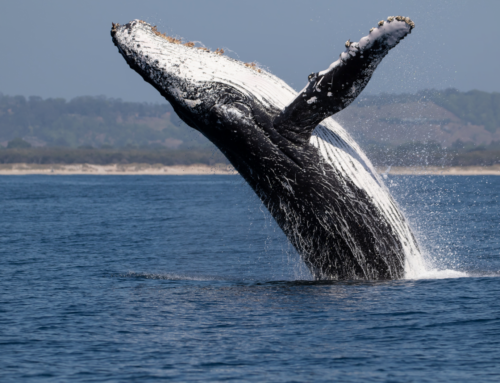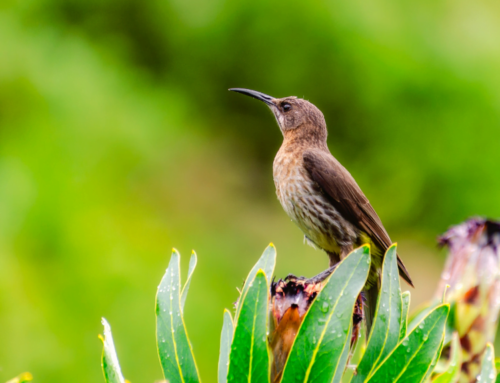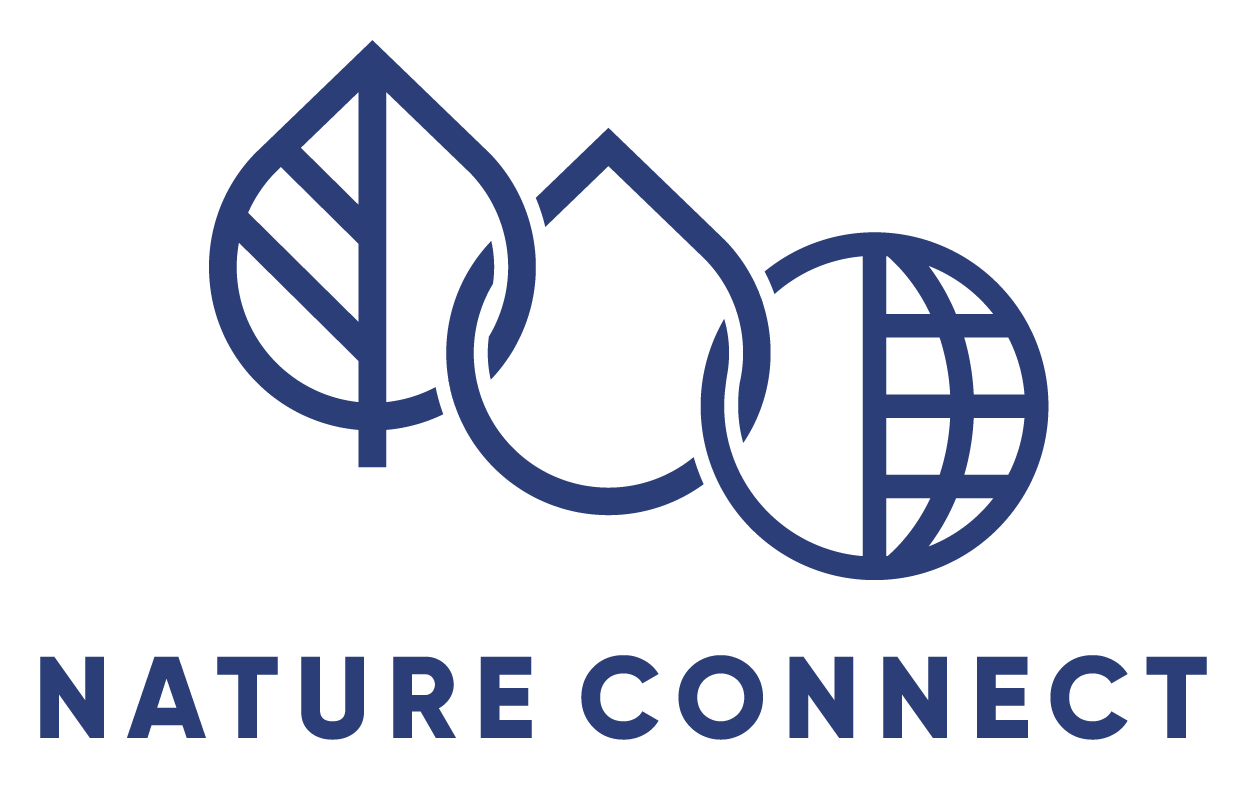Written by Fayruz Prins
When we hear the word “wildlife,” images of large herbivores and majestic big cats roaming the vast open plains of the savannah may come to mind. Perhaps it’s the extraordinary mass migration of wildebeest across Botswana or the captivating narrations of the natural world by the iconic David Attenborough.
On this Wildlife Conservation Day, we unite to spread awareness and take action for endangered wildlife — including plants, animals, and habitats on the brink of extinction due to landscape changes causing irreparable harm to ecosystems. Human impact has led to global biodiversity loss, disrupting delicate ecological functions and jeopardising nature’s contributions to our existence. Conservation efforts aim to mitigate these impacts, providing a lifeline for endangered species. Preserving biodiversity isn’t just an ethical responsibility; it’s crucial for the sustainability of ecosystems, which, in turn, sustains life on Earth.
Urban Wildlife Conservation
While large-scale conservation efforts are vital, preserving the remaining fragments of habitat in urban spaces also plays a crucial role in supporting and facilitating conservation efforts. It complements broader wildlife conservation by creating and preserving habitats, connecting fragmented landscapes, educating communities, mitigating conflicts, and contributing to research and policy advocacy. It recognises the importance of integrating human activities with the conservation of biodiversity in urban environments.
Our Role
At Nature Connect we are dedicated to collaboratively managing conservation projects and protecting endangered species in South Africa. Currently we are safeguarding approximately 117 hectares of wetlands and endangered vegetation across four urban conservation areas. These areas are home to more than 868 fynbos plant species of which 79 are on the Red data list. We maximise our impacts by collaborating with other non-profit organisations, local government entities, corporate organisations, and stakeholders interested in wildlife conservation. Since 2008, Nature Connect has invested R27 million in conservation projects that have contributed to the preservation of biodiversity and stewarded nature through sustainable co-funding financial mechanisms.
Conservation Success stories of Nature Connect
Amidst the challenges, there are success stories that inspire hope and demonstrate the effectiveness of conservation efforts. Some of the highlights from the different sites and flagship species:
–The Western Leopard Toad Underpass project
The Western Leopard Toad population in Zeekoevlei were facing high mortality rates due to passing vehicles. The project has successfully installed 6 underpasses, ensuring safe passage for these endangered toads during the breeding season. Funding for this project has been sponsored by Leisure Charitable Trust, Fondation Ensemble, Mohamed bin Zayed Species Conservation Fund, Forvia Foundation and Hensoldt.
–Gantouw Project
Historically, large herbivores migrated through the Cape. However, this ecological driver has been absent from fynbos for generations. The Gantouw project introduced 5 eland into Rondevlei Nature Reserve as a veld management tool to conserve the endangered Cape Flats Dune Strandveld. The site was losing biodiversity due to the lack of browsing herbivores, resulting in bush encroachment. This project is ongoing and the eland have since relocated to Vergelegen Wine Estate to browse on Renosterveld.
–Burghers Walk African Penguin Conservation
This collaborative project with City of Cape Town and SANCCOB was established in 2010 to safeguard African Penguins, as 97% of their population has been lost. Penguin rangers based with the Simon’s Town penguin colony are tasked with monitoring the penguin population, controlling access to the penguins by the public, moving the penguins off the roads and out of people’s gardens, and transporting injured birds for rehabilitation at the SANCCOB facilities in Table View.
-Kenilworth Racecourse Conservation Area (KRCA)
This privately owned 52ha site is nestled in the centre of the Hollywoodbets Kenilworth Racetrack. It has been inadvertently protected since 1882 when the racecourse was established. As a result, the area protects arguably the most pristine remnant of Cape Flats Sand Fynbos remaining. This veld type is 85% irreversibly transformed by urbanisation and agriculture, with only 2% formally conserved. It boosts high plant diversity, with over 400 species having been recorded, 52 of which are IUCN Red List species. The 16 seasonal wetlands are a hotspot for amphibian life, boasting 11 species. It is also famous for being home to the critically endangered Micro frog (Microbatrachella capensis), the only known population in the southern suburbs of Cape Town. KRCA is also a recipient site for the reintroduction of the ‘extinct in the wild’ Erica turgida and Erica verticillata, with hopes of it becoming self-sustaining in the future.
-Milnerton Racecourse Conservation Area
Similar to KRCA, this 19ha area holds exceptionally high diversity, relative to its size. Protecting approximately 300 plant species of Cape Flats Sand Fynbos on ferricrete substrate, with 34 IUCN Red List species. The site harbours a rarely seen water net algae, Hydrodicton africanum, in the seasonal vleis, along with the largest known population of Lampranthus stenus, and a seldom seen moth, Orgyoides caparia.
-Zoarvlei Wetlands
This site forms part of the larger Table Bay Nature Reserve encompassing 40ha of Cape Flats Dune Strandveld. It is a vital protectorate of critically endangered Cape Lowland Freshwater Wetlands. The area faces challenges of illegal dumping and alien invasive species. The value of the site lies in the wetland that supports a variety of bird life. Adding to the value of the site is the rehabilitation of the vegetation, aiming to revitalise natural ecological functions.
-Muizenberg East Biodiversity Cluster
Made up of several small conservation areas which form a wildlife corridor, safeguarding roughly 6ha of endangered Cape Flats Dune Strandveld. The sites are intersected by private developments, but manage to form a network that allows animals to move through it, including Cape porcupine, Cape grysbok and water mongoose.
Some of these areas form part of Cape Town’s Biodiversity Network, which identifies critical areas for conservation within the city.
Looking positively into the future
As we celebrate Wildlife Conservation Day, it is crucial to recognise the ongoing challenges and the collective responsibility we bear in safeguarding the planet’s biodiversity. By fostering a deeper connection with nature and embracing sustainable practices, we can contribute to a future where wildlife thrives, ecosystems flourish, and the rich tapestry of life on Earth endures for generations to come. This 4th of December, let us renew our commitment to wildlife conservation and strive to create a world where every species has a chance to thrive.
Here is how you can contribute to conserving wildlife:
- Share this article and raise awareness for Wildlife Conservation Day, use the hashtag #wildlifeconservationday and tag us @NatureConnectSA.
- Take a stand against wildlife crime by reporting criminal activity to the local authority.
- Make a charitable donation towards a wildlife conservation organisation that goes directly towards training and equipping wildlife protectors.
- Dress up as your favourite South African wildlife species and post a photo online to raise awareness for that species.
- Create and play your own South African wildlife charades game with others, to keep on learning and connecting to nature.

